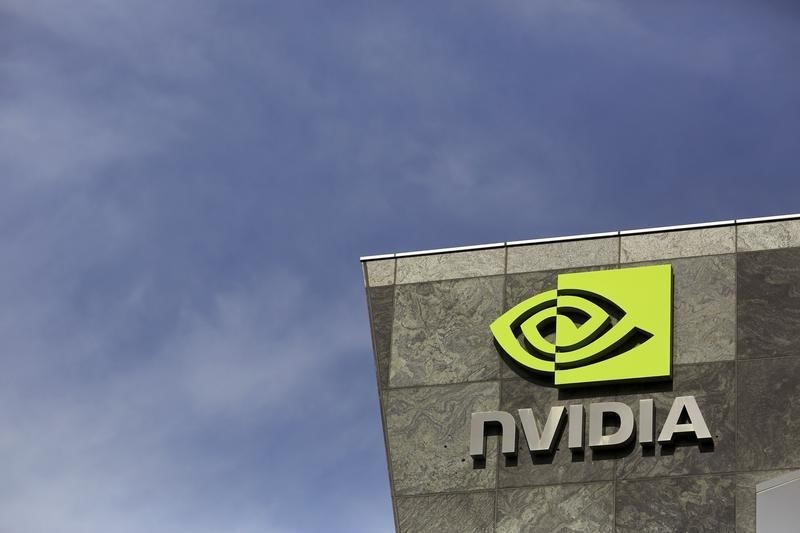© Reuters.
NEW YORK – As the artificial intelligence (AI) sector grows, Advanced Micro Devices (NASDAQ:) is grappling with the challenge of catching up to Nvidia (NASDAQ:)’s lead, primarily due to Nvidia’s comprehensive hardware-software ecosystem. Nvidia’s data center revenue soared by 31%, while AMD reported an 8% decline in gaming revenues. The success of Nvidia is partly attributed to its CUDA software, which has become a standard in AI development.
Despite these challenges, AMD has seen a surge in sales for its AMD 7000 series laptop chips, with an increase of 41%. This growth comes amidst a broader effort by cloud industry leaders, including Microsoft (NASDAQ:), Amazon.com (NASDAQ:), and Alphabet (NASDAQ:), to develop their own proprietary AI chips to reduce dependence on Nvidia. Yet, these companies continue to invest in Nvidia’s products due to its established ecosystem.
Nvidia’s strategy of expanding into cloud services aims to reinforce its market position. The company’s financial health is robust, with profit margins nearing 25%, significantly outpacing AMD’s 4%. This stark contrast in profitability underlines why Nvidia may continue to be a more attractive investment option compared to AMD. Despite projections hinting at AMD’s faster growth in 2024, Nvidia is expected to hold onto its leadership position.
Tech giants and investors are closely watching these developments. who holds positions in both AMD and Nvidia as well as other tech firms like Microsoft, Amazon, and Intel (NASDAQ:), considers his investment in AMD as a strategic hedge against his larger stake in Nvidia. Meanwhile, Meta Platforms (NASDAQ:) has opted not to challenge Nvidia’s GPU capabilities for AI tasks, further cementing Nvidia’s dominance in the market.
As the AI revolution demands more processing power, both companies are likely to remain critical players. However, for now, Nvidia’s combined hardware-software offerings give it an edge reminiscent of Intel’s past market dominance but with the added leverage of being a crucial software provider akin to Microsoft. In contrast, AMD continues to navigate the market as a secondary supplier.
This article was generated with the support of AI and reviewed by an editor. For more information see our T&C.
Read the full article here





